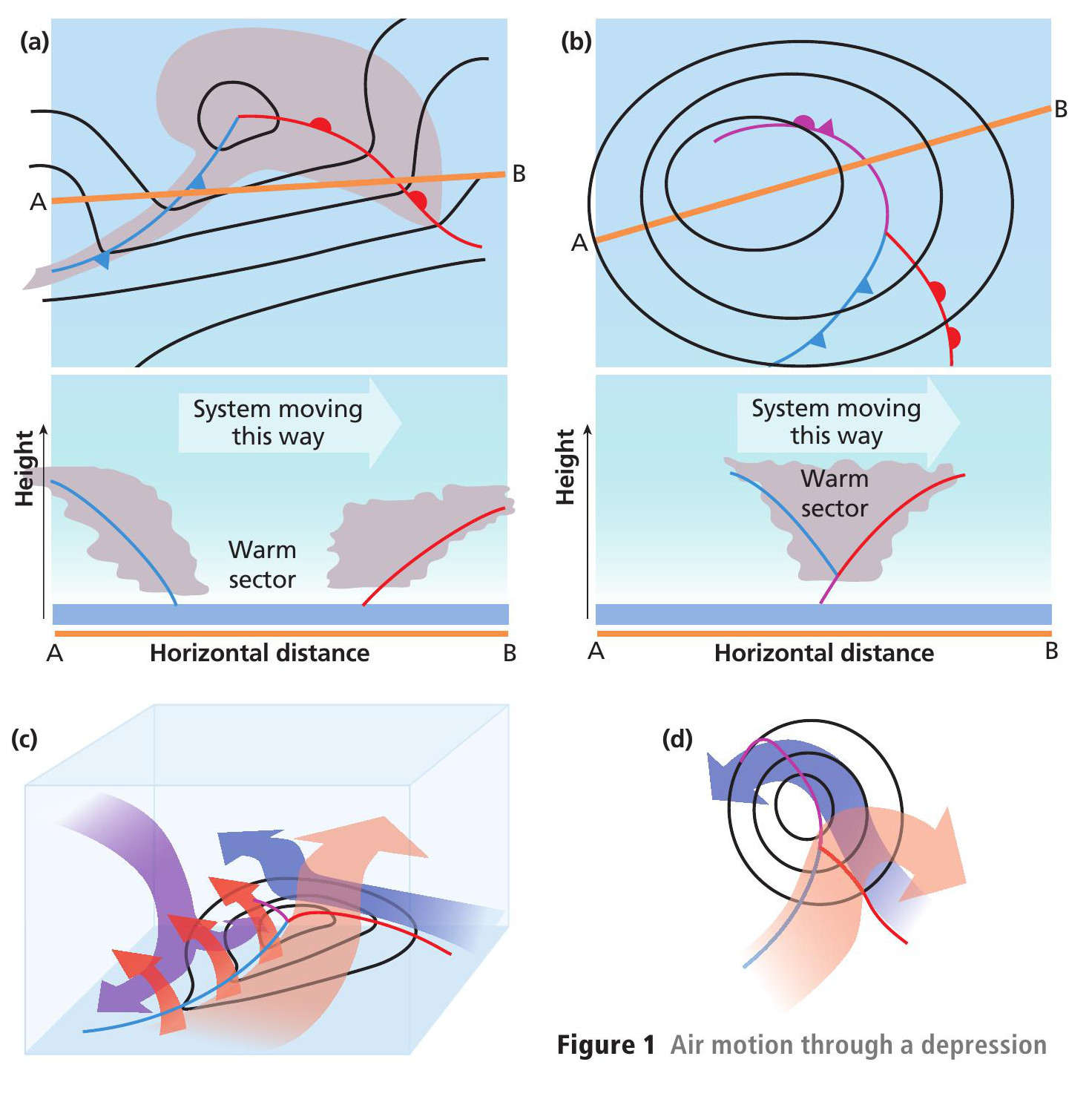
On 24 January 2009, Klaus, a low-pressure system (also known as a mid-latitude depression, or cyclone) hit western Europe. Record-breaking wind speeds of 184 km h−1 and 194 km h−1 were recorded in France and Spain respectively, and 27 people died. Waves over 10 m high were measured in the Mediterranean. The storm was unusual in that it developed and then decayed very rapidly, and was probably the most damaging storm to hit Europe so far this century.
Four children were killed in Spain, when a sports centre in the village of Saint Boi de Llobregat collapsed. In France, 1.7 million people were left without electricity and up to 70% of forestry stock was destroyed in some areas. Security forces were used to help with rescue efforts. The European Union later awarded France €800 million to help with the reconstruction of its forestry industry in Aquitaine, Midi-Pyrénées and Languedoc-Roussillon.
Your organisation does not have access to this article.
Sign up today to give your students the edge they need to achieve their best grades with subject expertise
Subscribe




